
“Typically during a monthly cycle there is a peak of the female sex hormones (oestrogen and progesterone) during ovulation,” explains Laftah. “Levels of both hormones rapidly fall in the absence of a fertilised egg resulting in your period. Plus, prior to your period, levels of testosterone (a male hormone) increase, stimulating the sebaceous (oil) glands to produce more sebum, which leads to blocked pores and acne breakouts.” On top of this, our hormone fluctuations can also be impacted by additional factors including stress, genetics, and lifestyle. “When someone experiences high levels of stress for a prolonged period of time, elevated stress hormones can drive breakout activity and suppress wound healing, meaning breakouts take longer to heal,” explains Victoria Evans, Education Manager at Dermalogica. “Stress breakouts typically occur along the jawline and on the neck and sometimes around the temples.”
Although it may not be possible to prevent the cause of hormonal breakouts, that doesn’t mean there aren’t tweaks you can make to your skincare routine to help target and combat them as soon as you feel them coming. By targeting the other factors which contribute to breakouts, such as a build up of dead skin cells, bacteria, or excess oil, it’s completely possible to reduce the severity of a flare-up. Over the years, I’ve figured out the products that get to work fast, for maximum impact with minimal effort required. Keep scrolling to discover the best treatments for hormonal acne that I’ve tried.

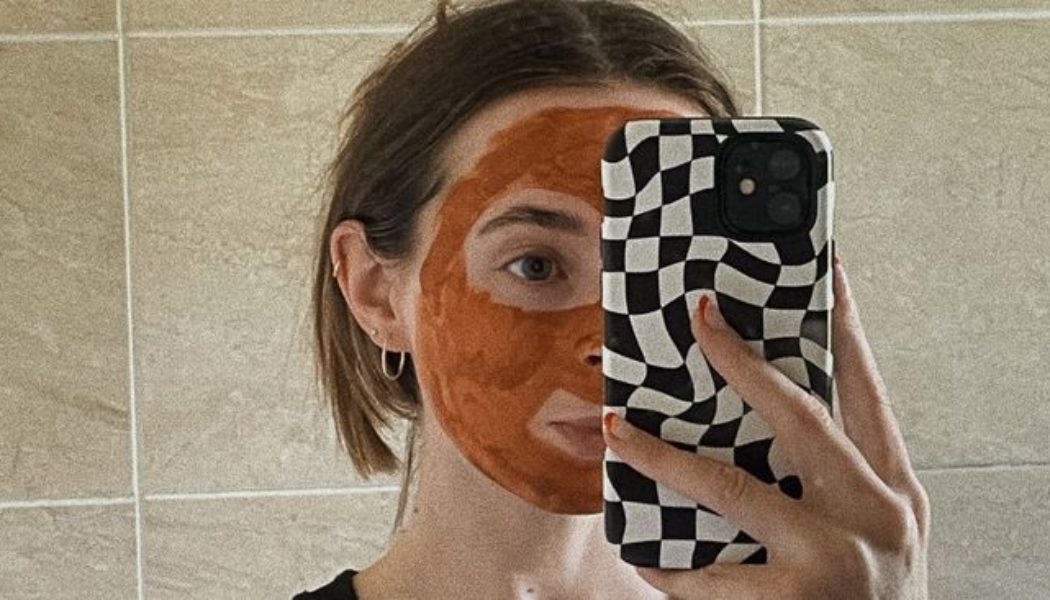

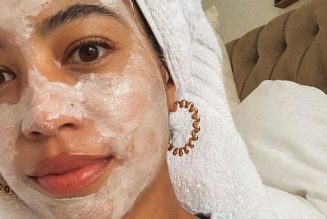

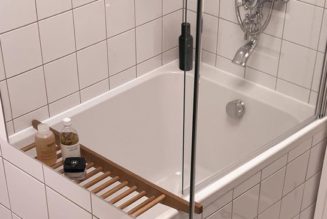

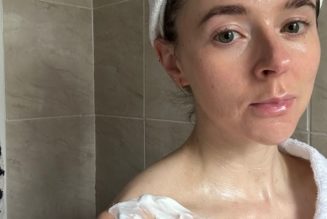
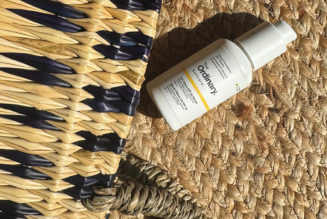

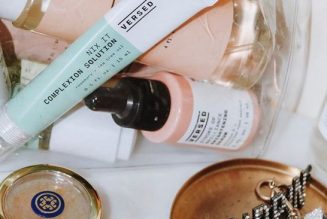
Tagged: skin